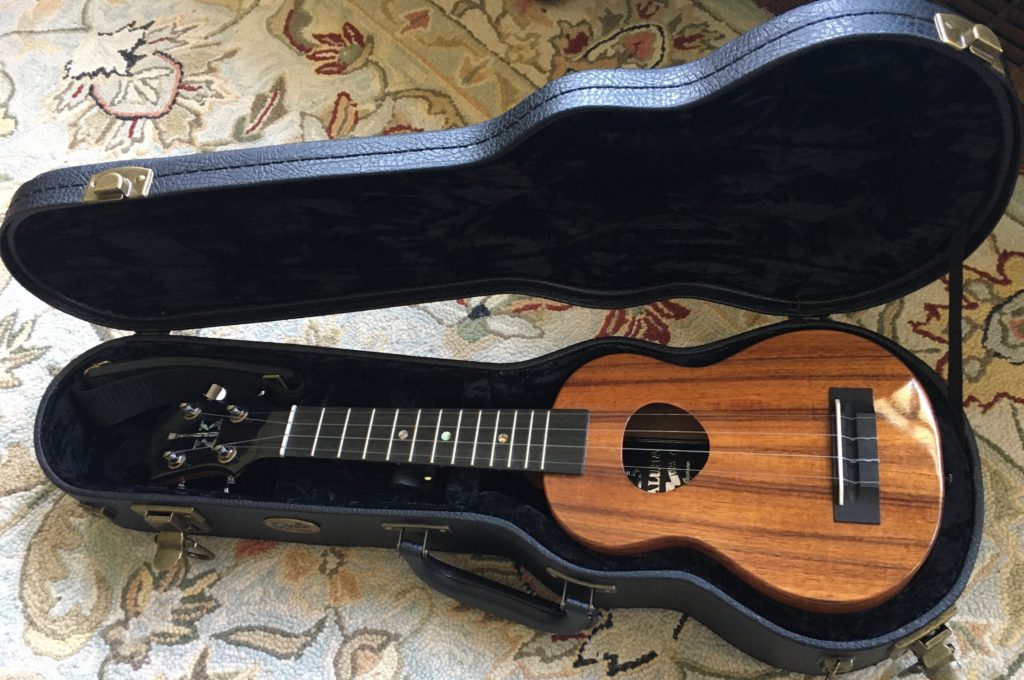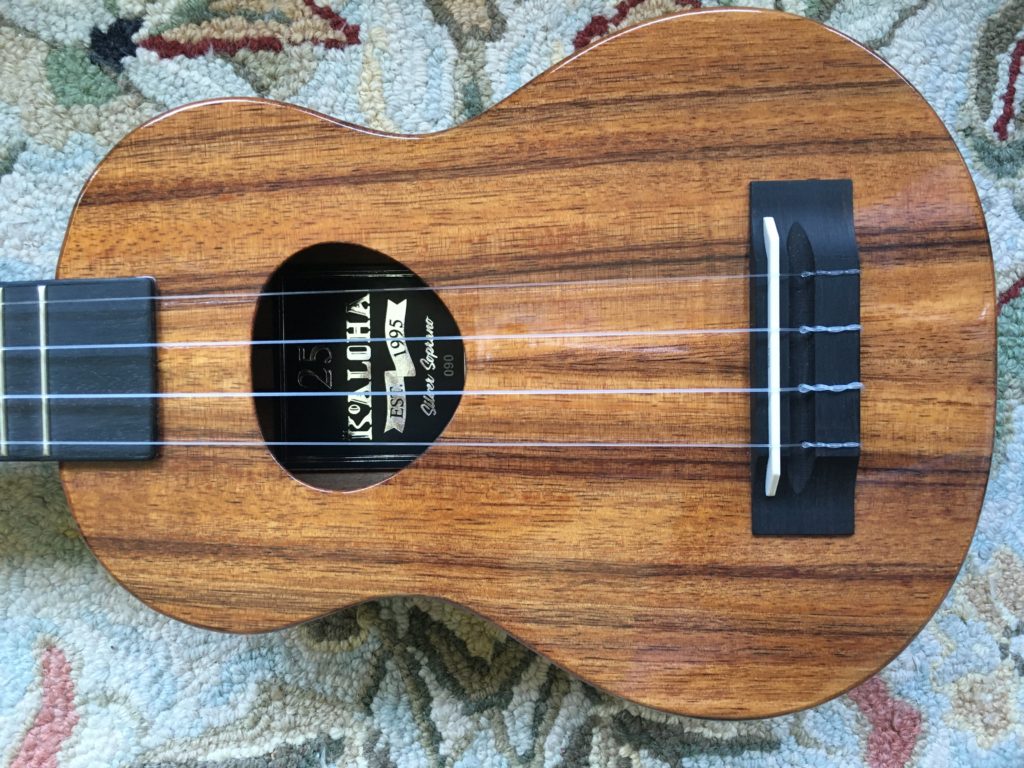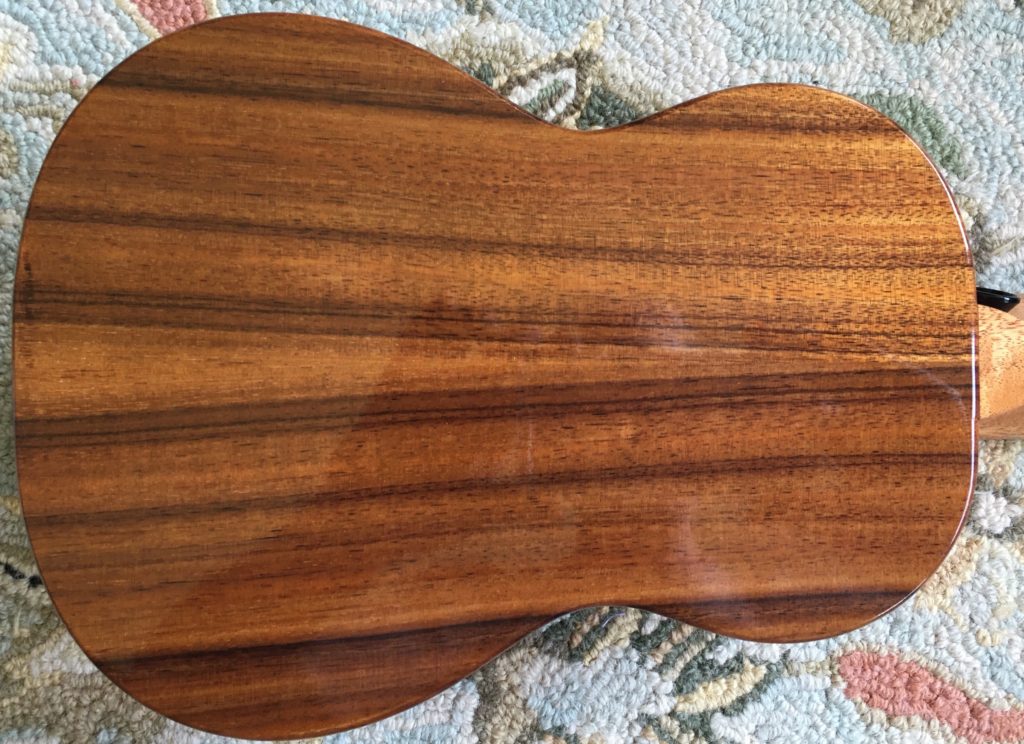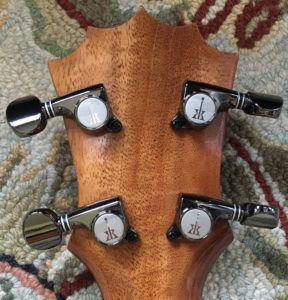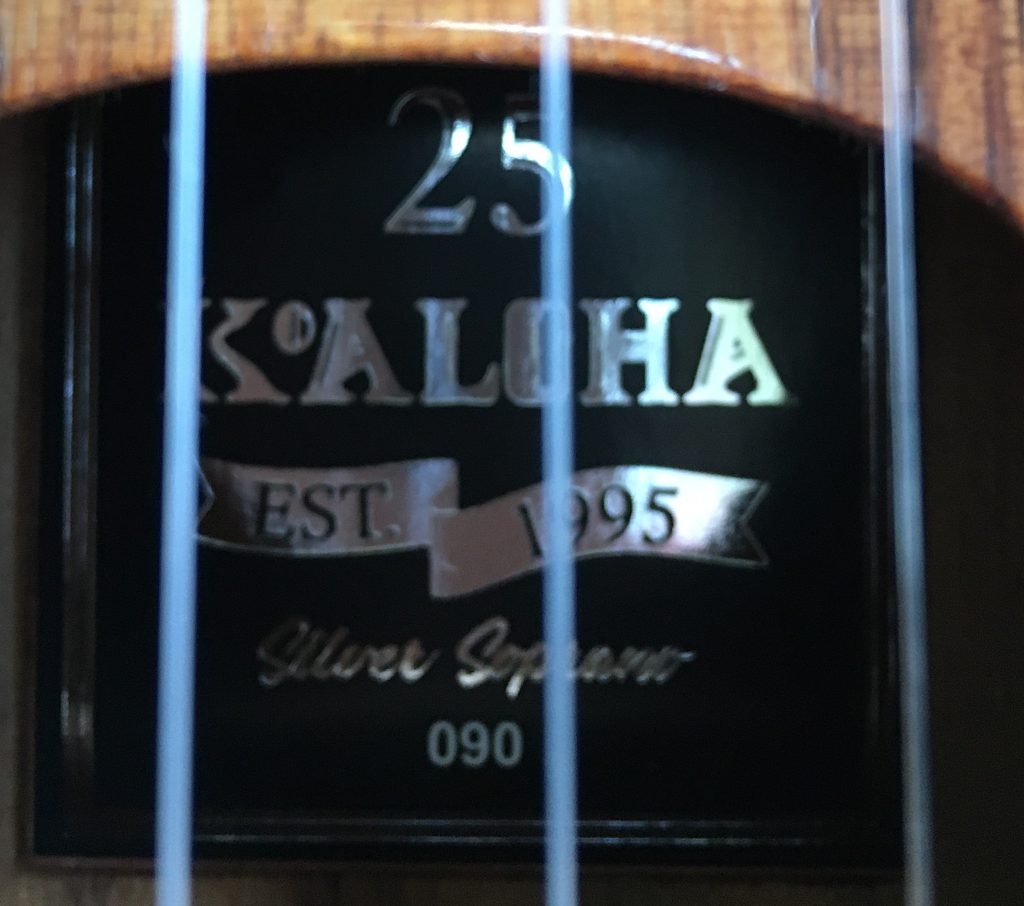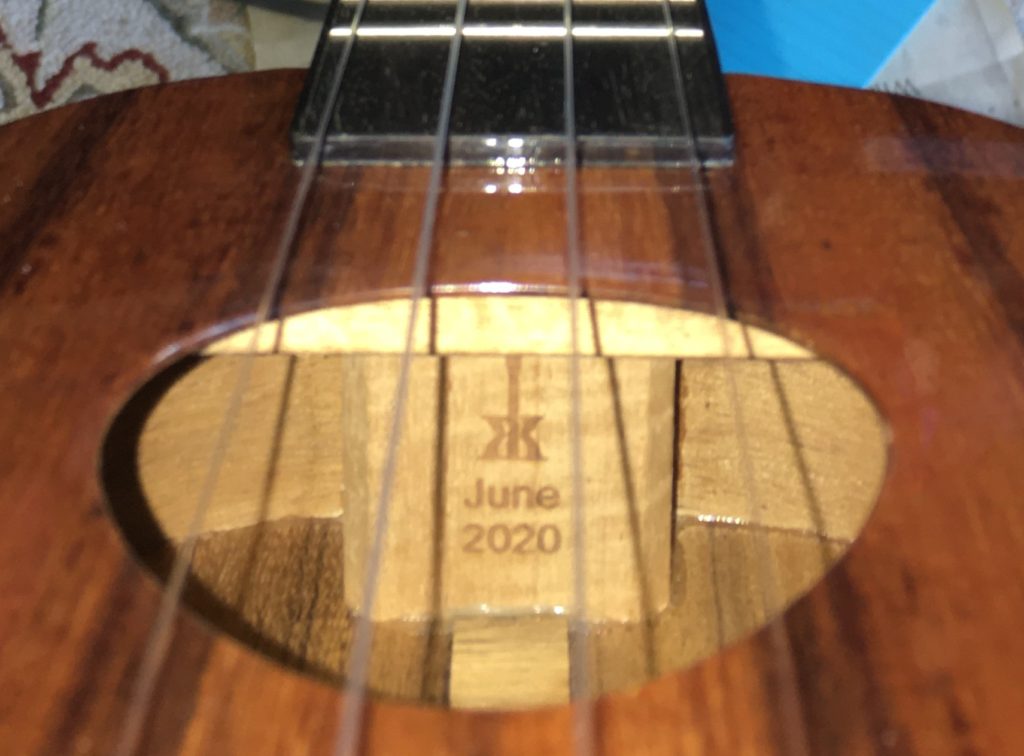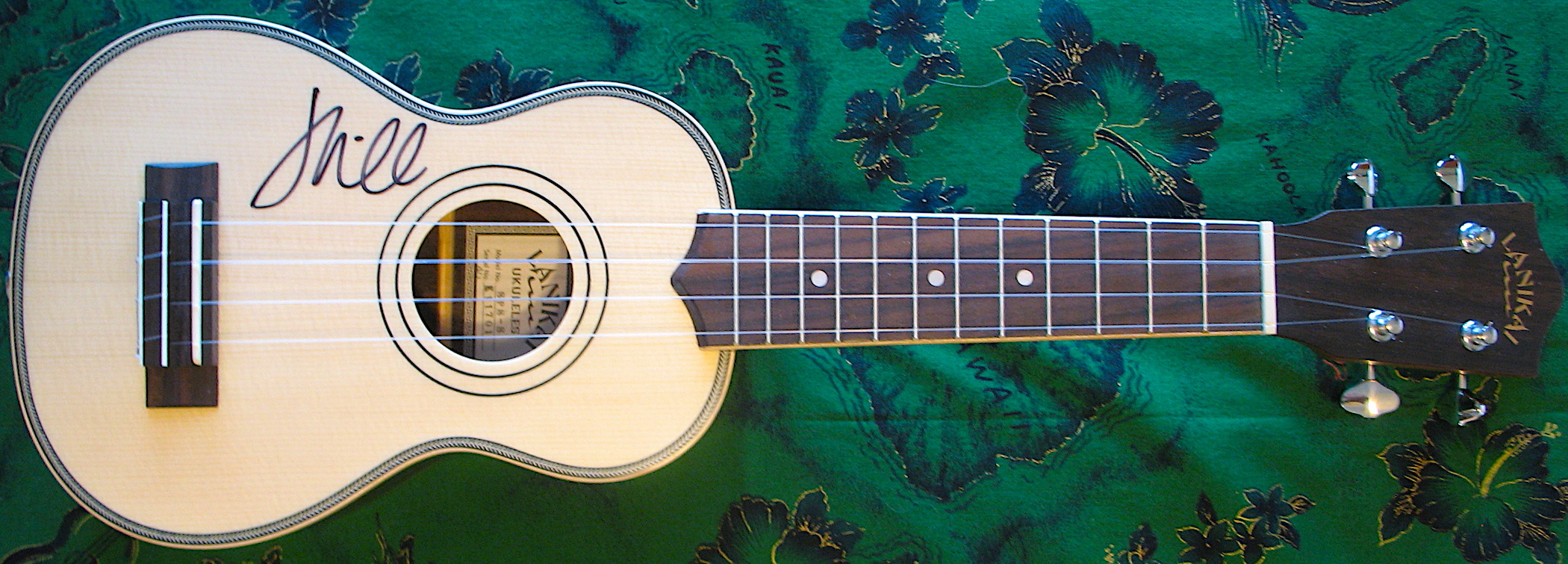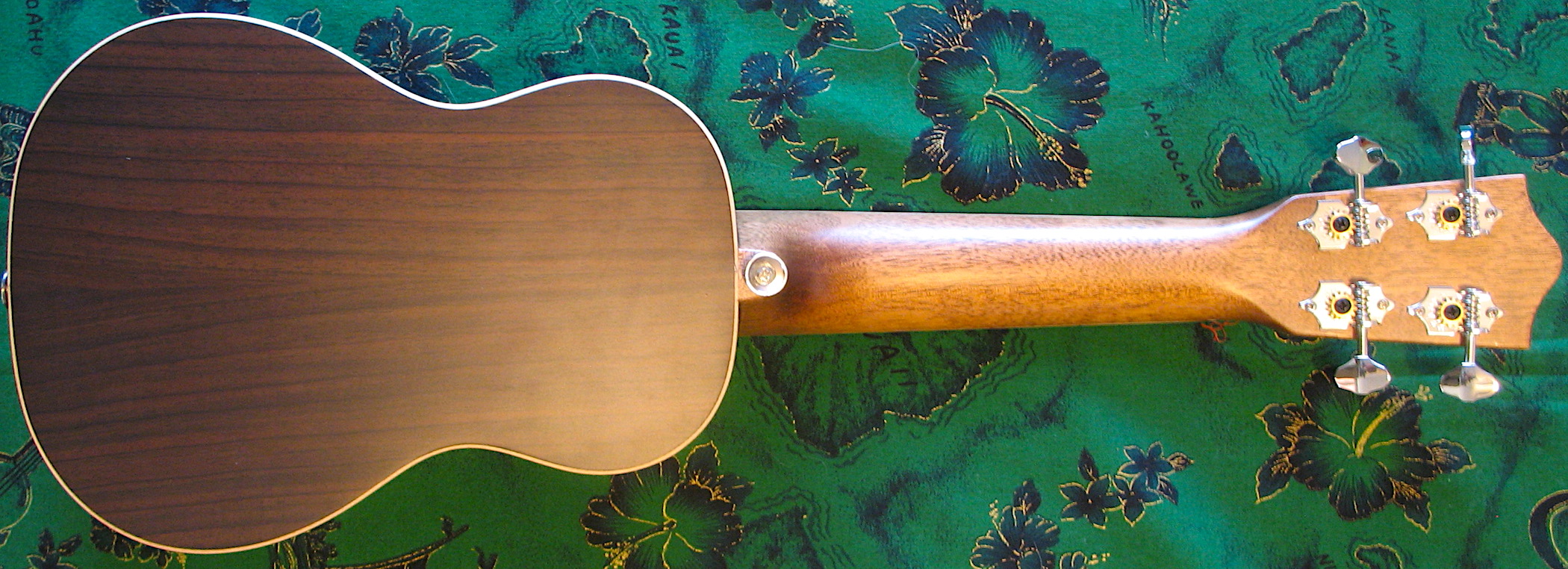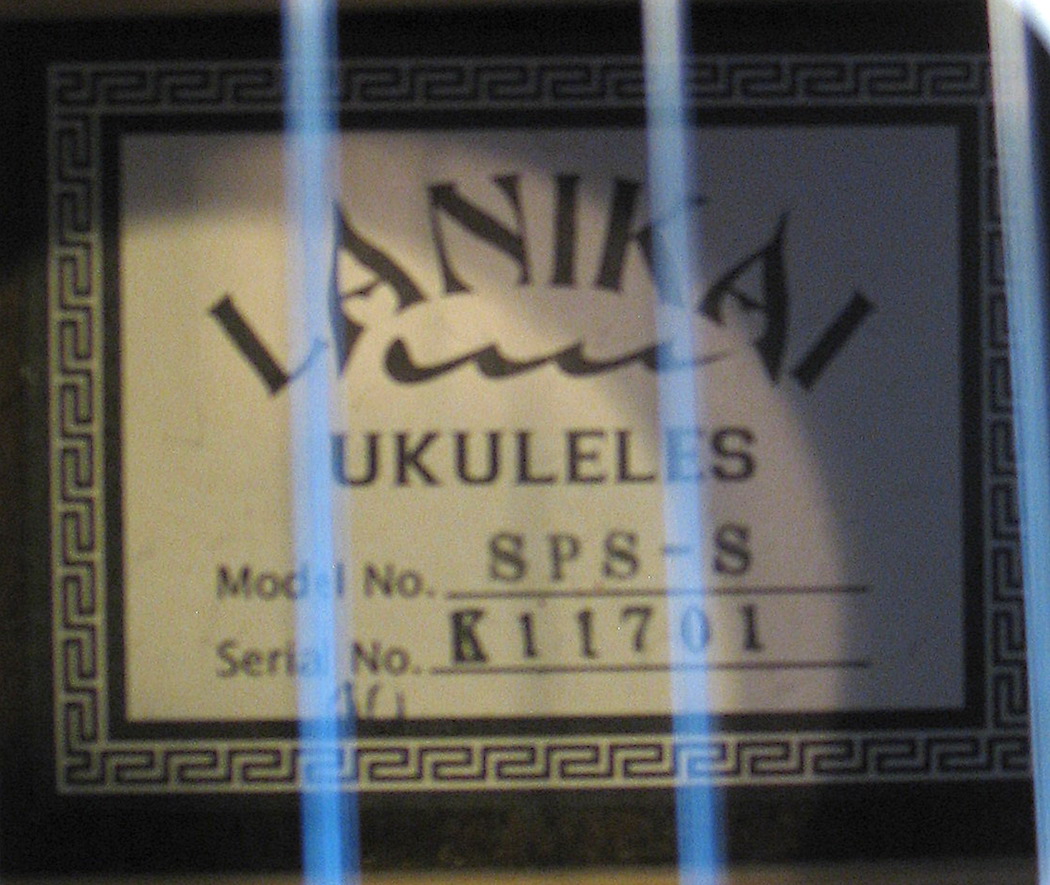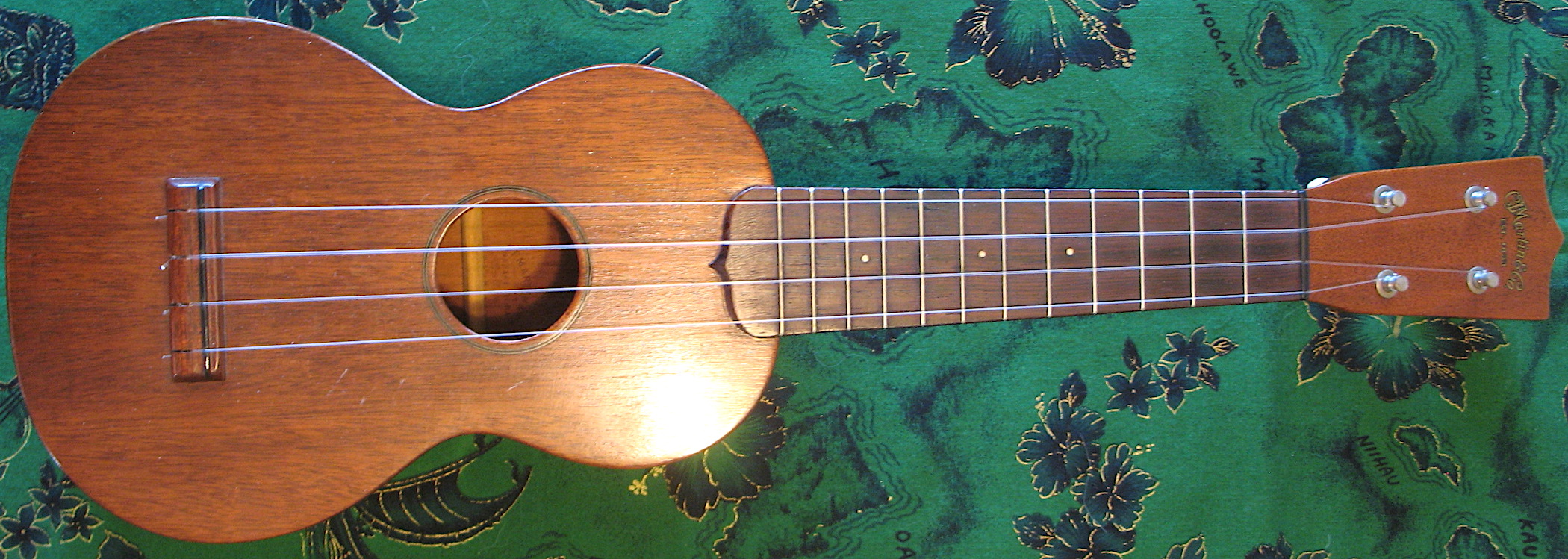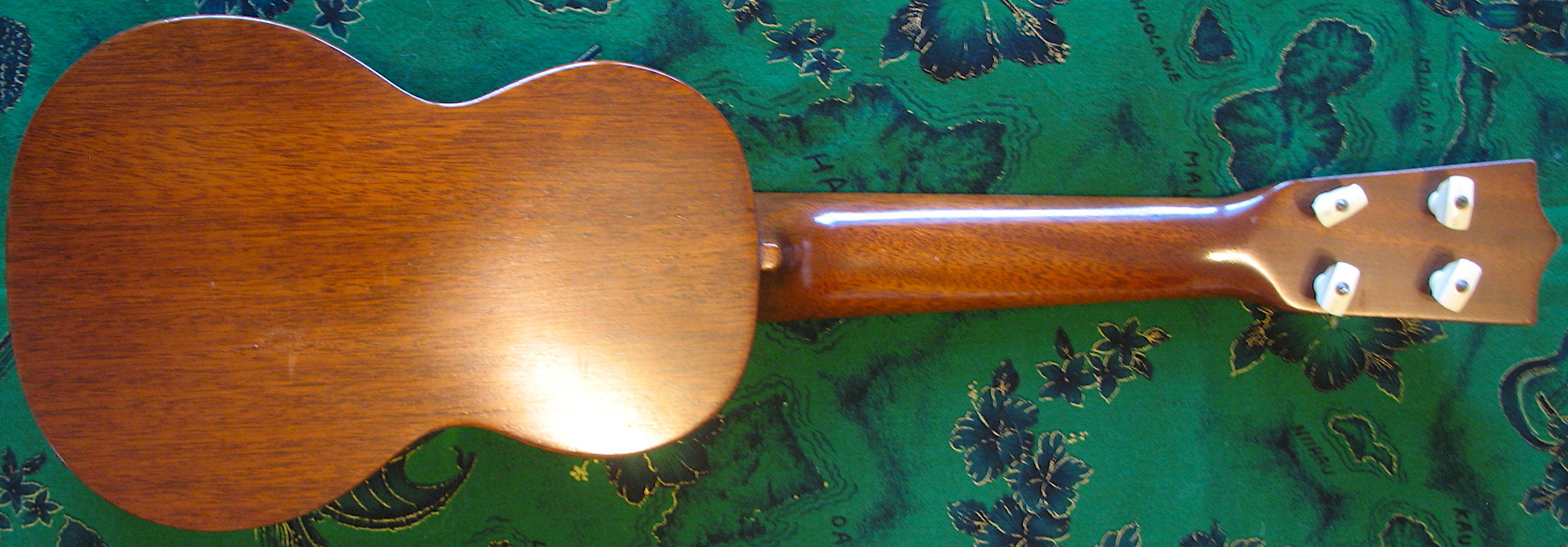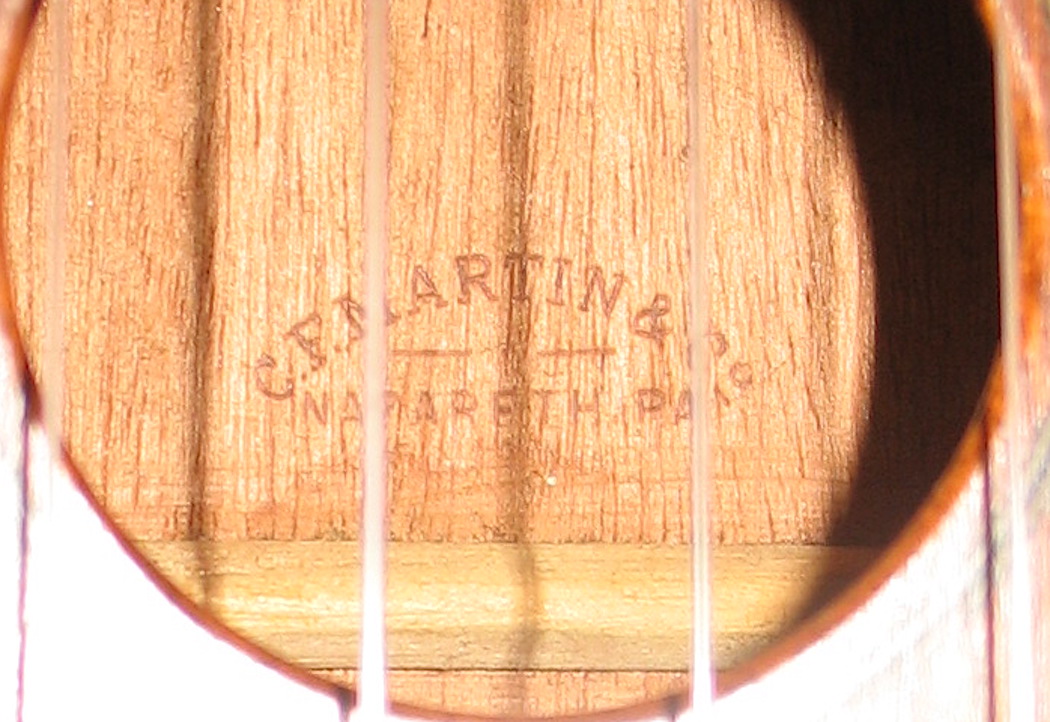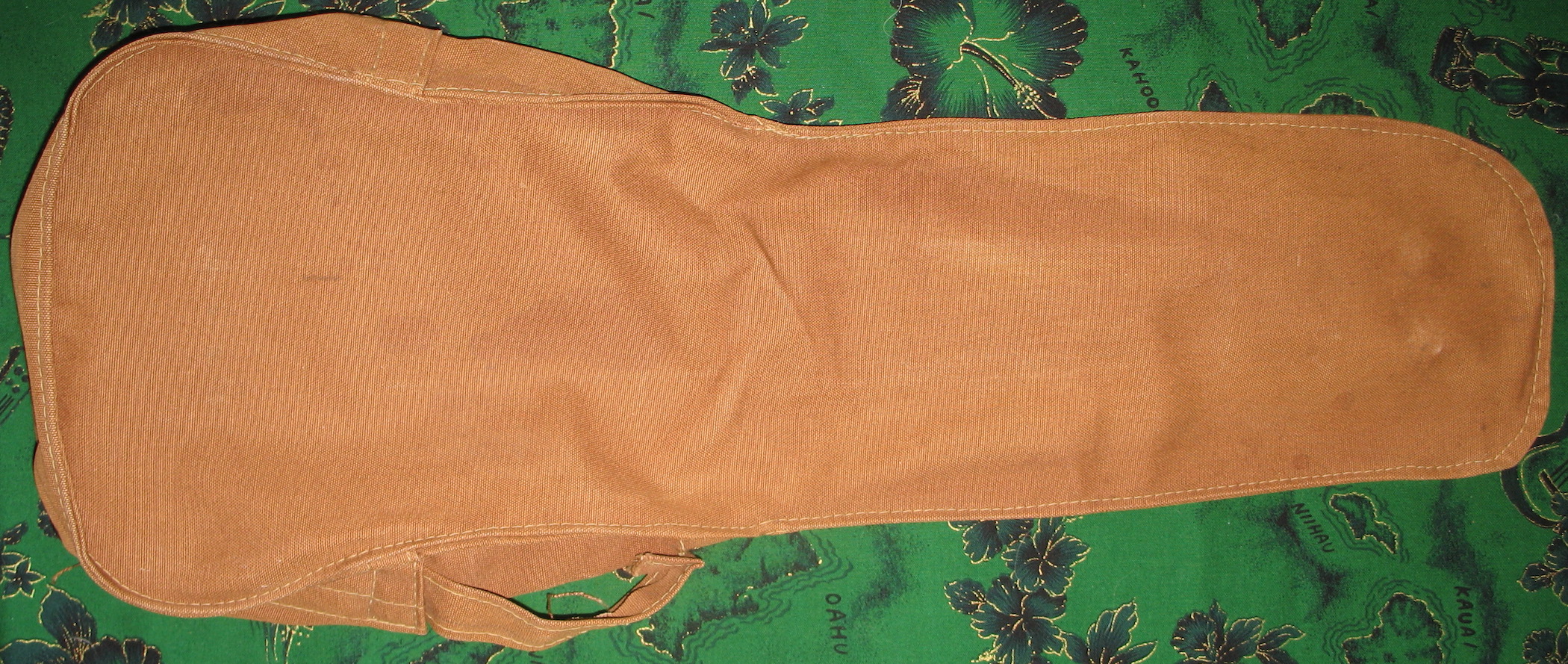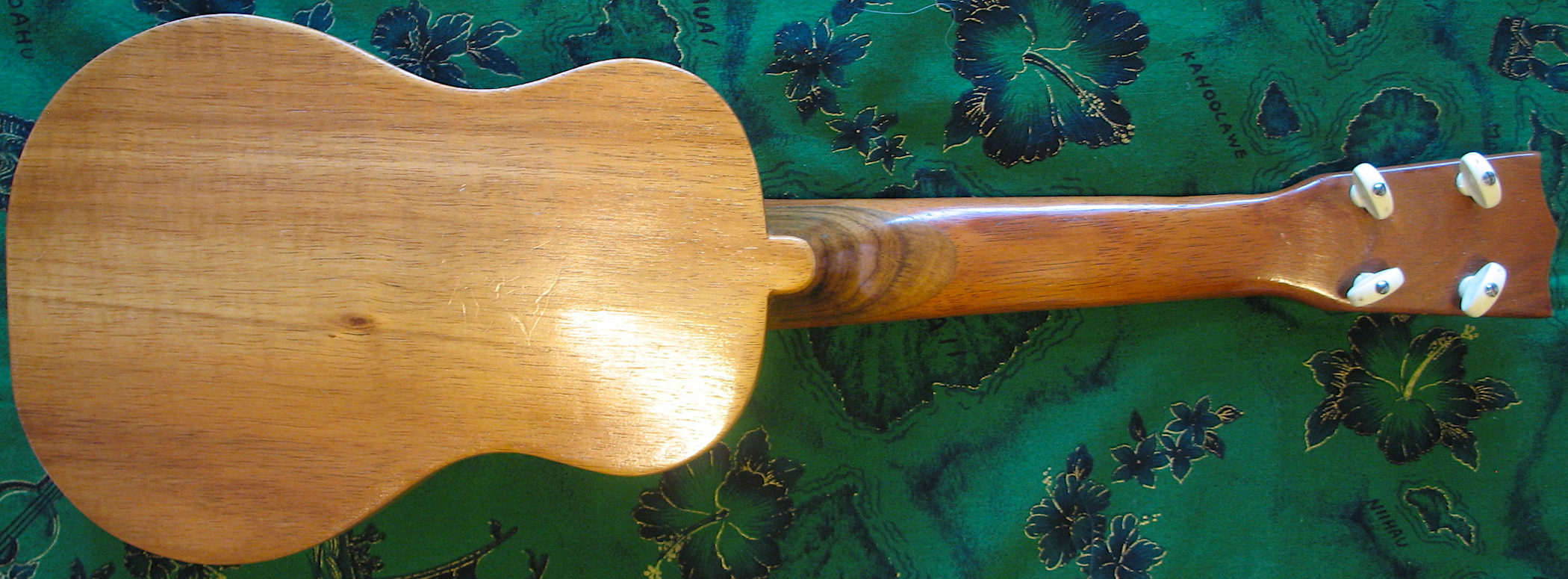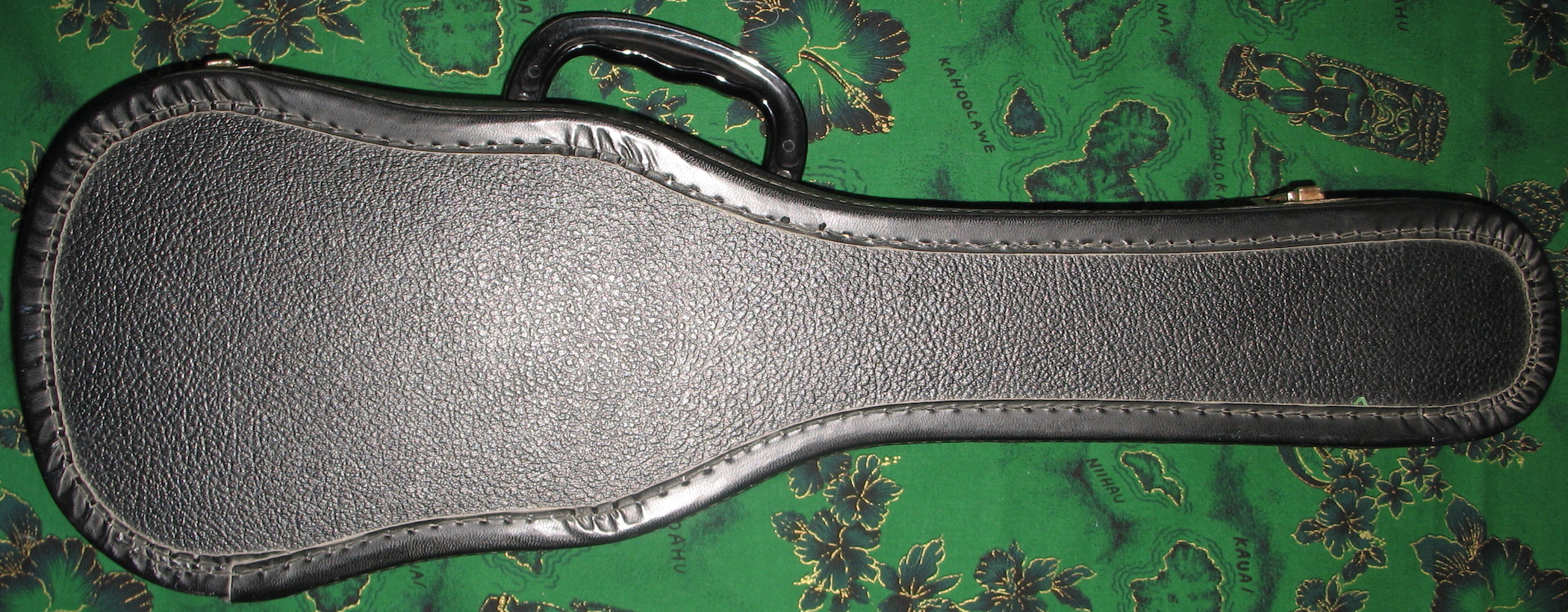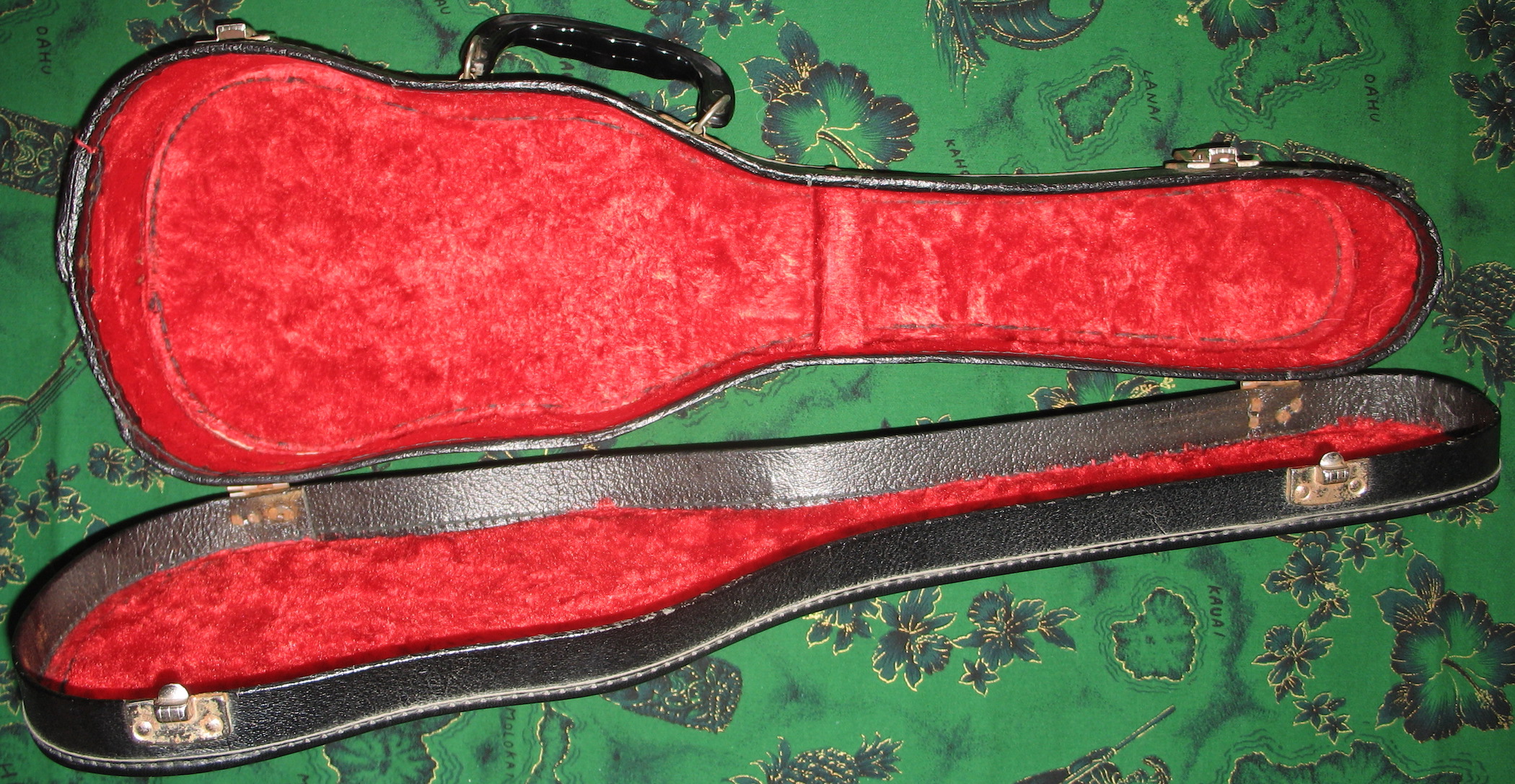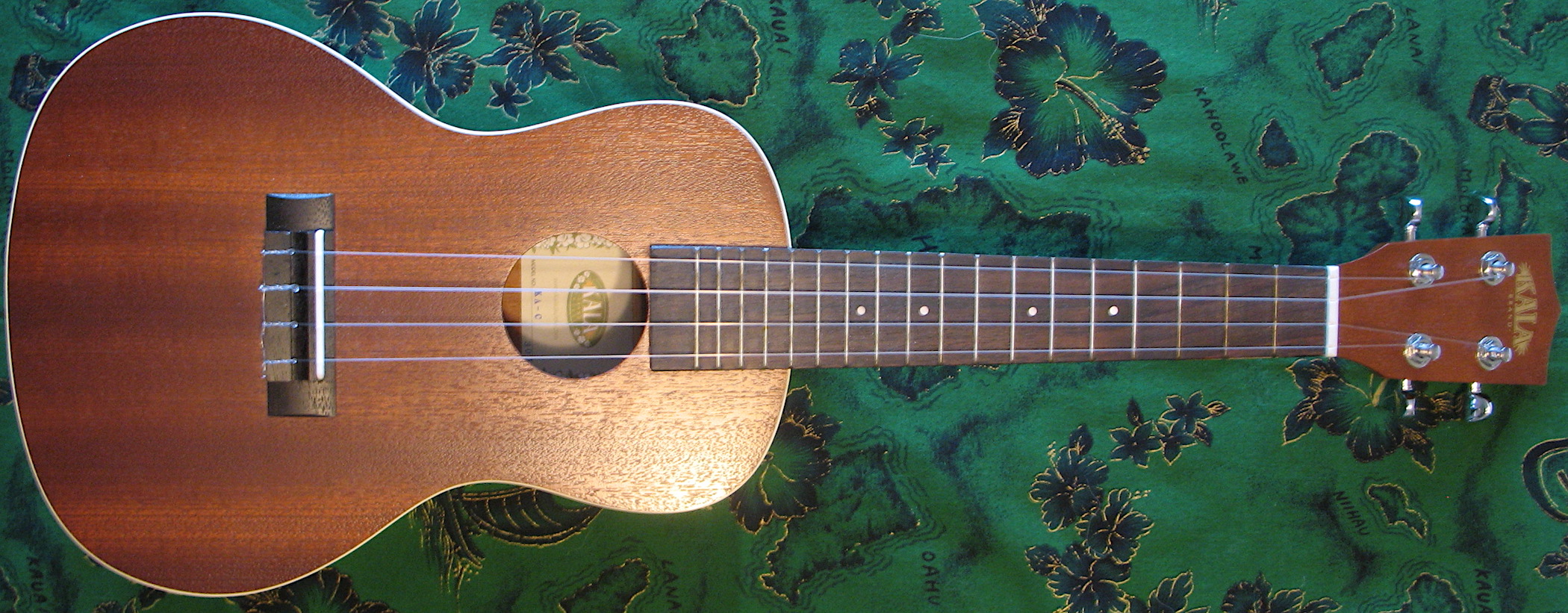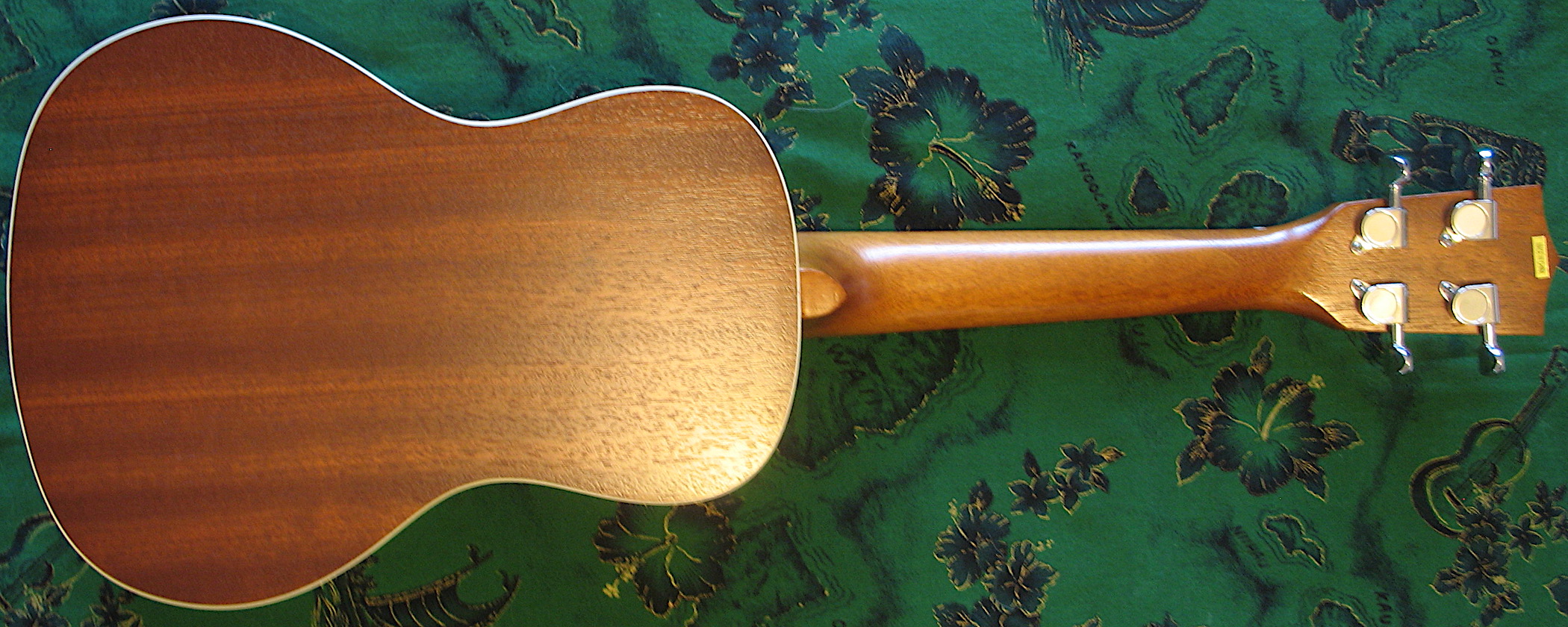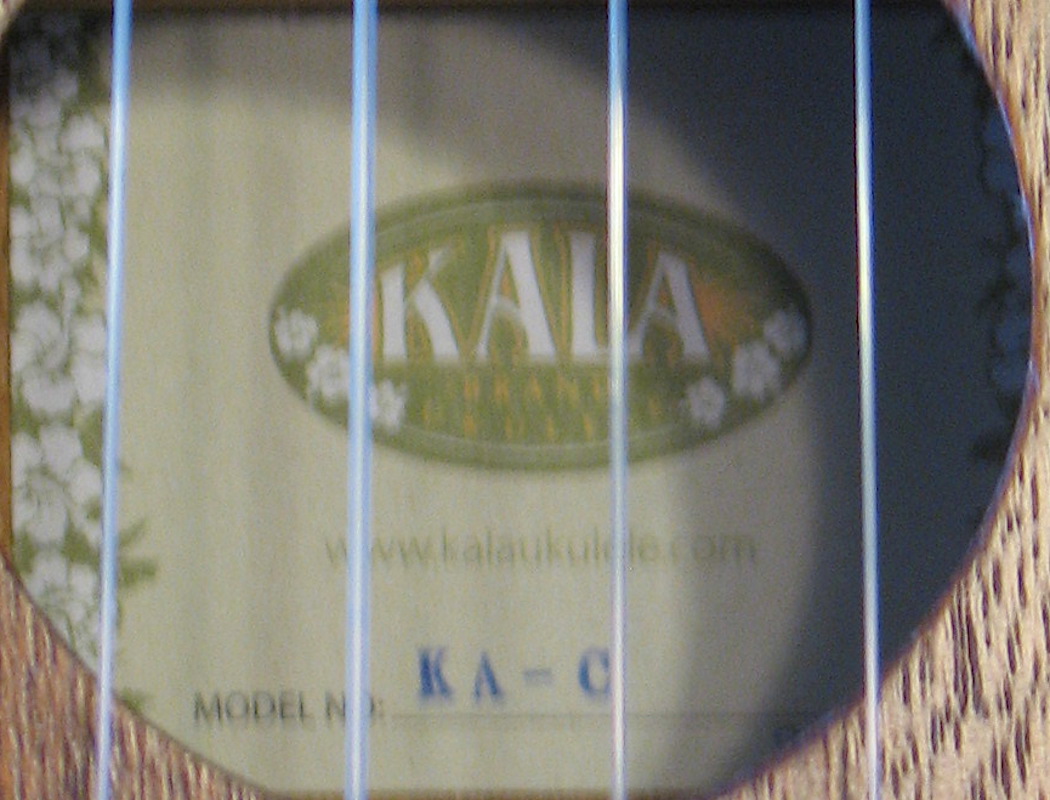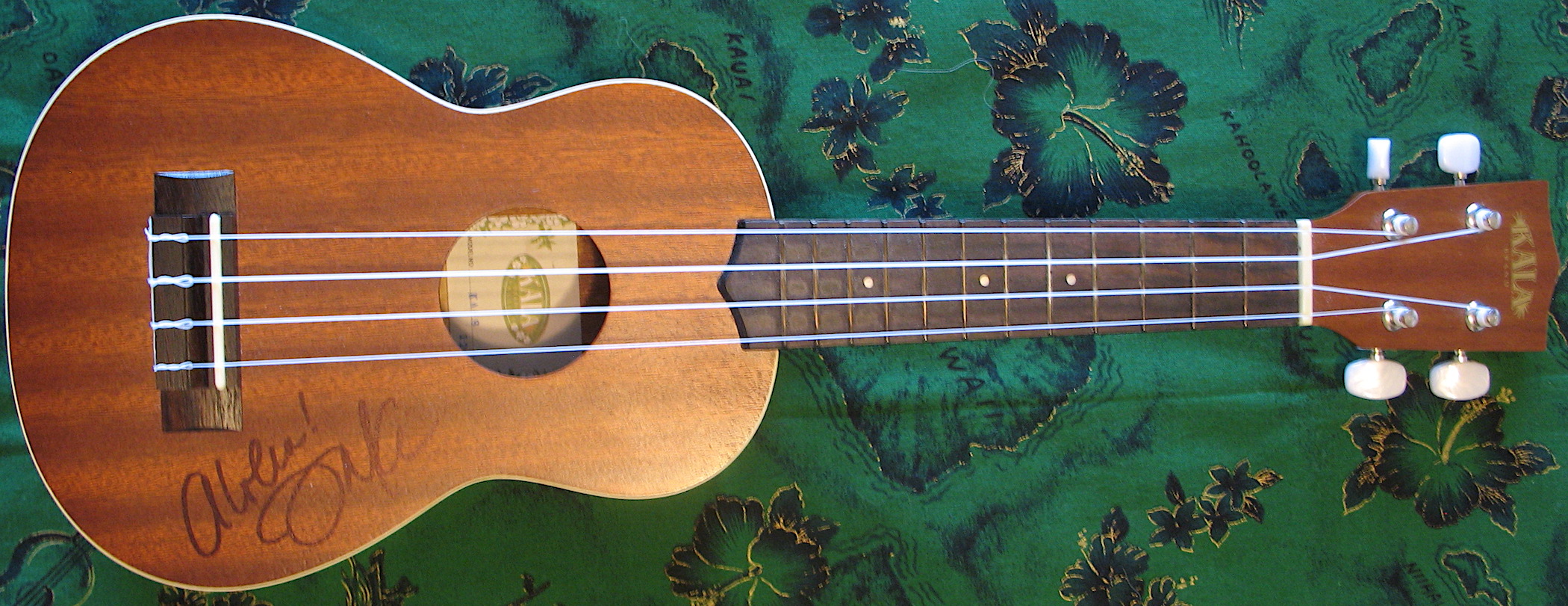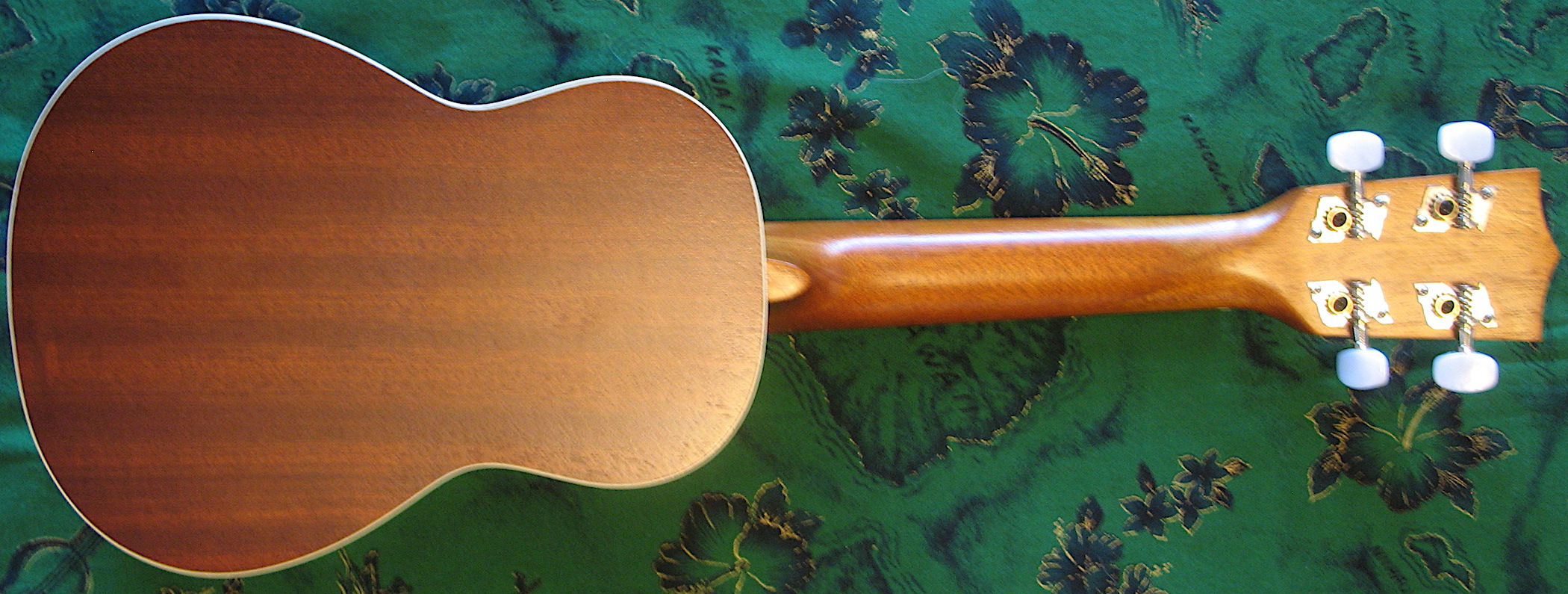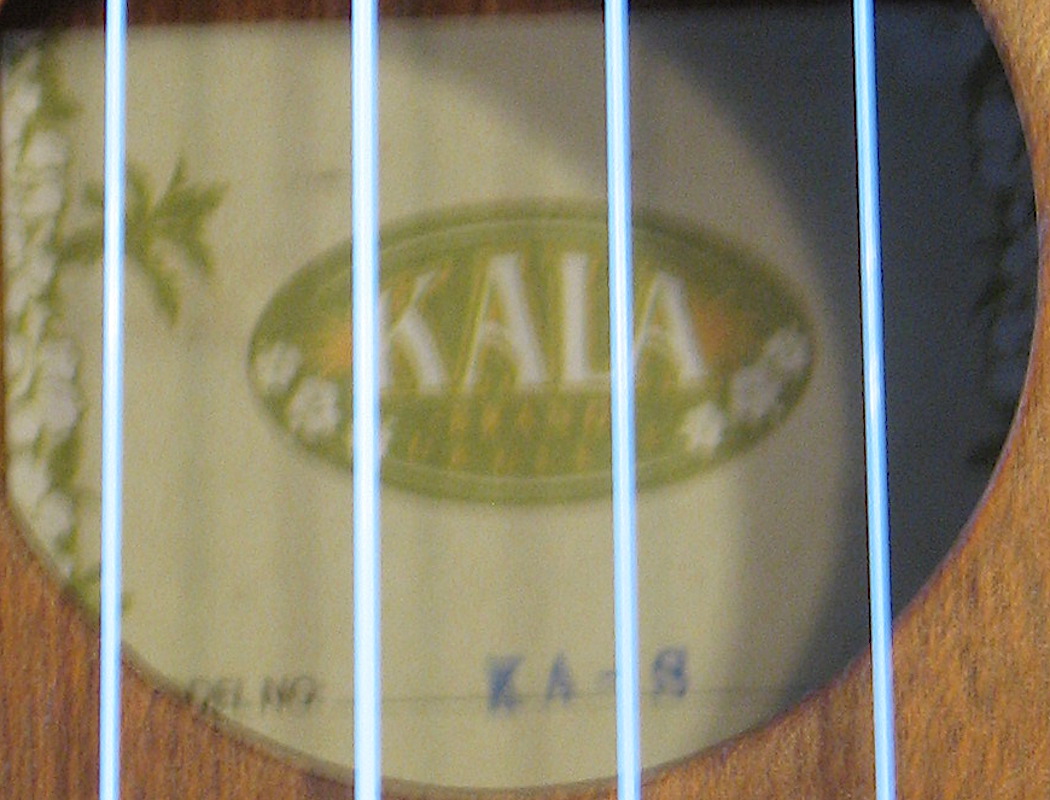I was introduced to the ukulele in 2013, when I was researching a Christmas gift for my wife, who was born and raised on Oahu. The instrument intrigued me so much that I bought two: a concert for my wife and a soprano for me (see the bottom of this page). I had very little musical training in school and never owned a musical instrument of my own. I consider myself musically illiterate and without a musical bone in my body. Despite those limitations, I have had an absolute blast getting to know these little instruments. My biggest regret is that I never picked one of these up when I was a teenager or young adult.
The instruments below are organized by purchase date, with the most recent at the top. Perhaps not surprisingly, given my interest in antique clocks, I’ve also developed a fascination with vintage ukuleles.
KoAloha Silver Series
KoAloha 25th anniversary soprano ukulele, made and purchased in June 2020. These are limited production models, with a total run of 200 (I believe) for the sopranos. Mine is serial #90. The top, back, and sides are made of two-piece koa. The neck is sapele. The bridge, fretboard, and face plate are ebony. It came with KoAloha’s standard fluorocarbon strings, which I was told are by Oasis. I’ve replaced them with Uke Logic fluorocarbon strings (soft tension) that are available through theukulelesite.com.
Sound sample of E Ku’u Morning Dew and Hi’ilawe.
Lanikai SPS-S
Lanikai model SPS-S soprano ukulele, introduced by Lanikai (and purchased) in 2017. The top of the ukulele body is made of two-piece solid spruce, whereas the bottom and sides are made of two-piece laminated rosewood. The uke came with D’Addario strings, which sounded wonderful. However, I prefer the sound and feel of Martin fluorocarbons, so that’s what I currently have it strung with. When I was testing this ukulele in the shop, with its background hustle-and-bustle, I was immediately struck by its clarity and ability to punch through the ambient noise. It rings like a bell, has very nice sustain, and sounds equally good picked or strummed. The ukulele was signed by James Hill after a show in Omaha. James and his wife, Anne Janelle, are an absolutely phenomenal duo.
Label for the Lanikai SPS-S soprano ukulele.
Sound sample for the Lanikai ukulele (.m4a format). It’s an amateurish (both playing and editing) mash-up of gCEA tuning, a portion of Pachelbel’s Canon in D (transposed to C), and a portion of the intro to Iz Kamakawiwo’ole’s version of Over the Rainbow. Recorded on a Blue Snowball USB microphone connected to an iMac and edited using Apple’s GarageBand.
C.F. Martin & Co.
C.F. Martin & Co. Style 0 soprano ukulele, c. 1947-1956. The date is based on use of T-bar frets and the Kluson 566 Keystone tuners with tulip- or keystone-shaped buttons, which were used by Martin for a limited time. The Style 0 was Martin’s least fancy model; its only ornamentation is a simple ring around the sound hole. The body is constructed of solid mahogany (single piece top and bottom; two-piece side). Strung with Martin M600 fluorocarbon strings, it has a slightly warmer tone than the Kamaka.
Label for the C.F. Martin & Co. ukulele.
Canvas gig bag, believed to be from the period and original.
Sound sample for the Martin ukulele (.m4a format). Same mix as for the Lanikai: gCEA tuning, a portion of Pachelbel’s Canon in D (transposed to C), and a portion of the intro to Iz Kamakawiwo’ole’s version of Over the Rainbow.
Kamaka
Kamaka Gold Label soprano (or standard) ukulele, c. 1958. The date of 1958 is based on very faint pencil markings seen inside the sound hole on the block where the neck joins the body. Although very difficult to read, I believe I can make out “58”, possibly preceded by “19”, which I assume represents the year of manufacture. The body is constructed of solid koa, the traditional, native Hawaiian hardwood used for ukuleles. The body has a single-piece top and bottom and two-piece sides. The Kamaka family’s connection to ukulele-making goes back to 1916, when Sam Kamaka Sr., started the business. It is the oldest of current ukulele manufacturers. Note that these models did not have a separate saddle mounted on the bridge. It’s strung with Martin M600 fluorocarbon strings. I experimented with some other strings (Aquila Nylgut, Kamaka) but found that the Martins raised it to another level, giving it a bright, punchy sound that is regarded as typical of Hawaiian koa ukuleles. This ukulele is very light, weighing in at 10.5 oz., compared to the Martin (10 5/8 oz.), Kala KA-S (12 5/8 oz.), and Lanikai (14 oz.). The latter has strap buttons, which obviously add to the weight.
Label for the Kamaka soprano ukulele. It’s obvious why the ukes are called Gold Label ukuleles. A later variant of this label says “HONOLULU, HAWAII” rather than “Hawaiian Handmade”. Although I have never seen this documented, the change may have corresponded with Hawaii gaining statehood on August 21, 1959.
Original hard, chipboard case with plush interior.
Sound sample for the Kamaka ukulele (.m4a format). Same mix as for the Lanikai: gCEA tuning, a portion of Pachelbel’s Canon in D (transposed to C), and a portion of the intro to Iz Kamakawiwo’ole’s version of Over the Rainbow.
Amahi
Amahi model UK660T tenor ukulele. Amahi-labeled ukes are a lower end brand of the same company that makes Snail ukuleles. The body is constructed of koa laminate. I bought this as a “step up” from my Kala soprano. Although the instrument sounds very nice, I found the fret spacing (especially frets 1-5) to be too much of a stretch for my fingers. A well-made, beautiful and very pleasing-to-the-eye ukulele.
Label for the Amahi UK660T ukulele.
Kala
My wife’s Kala model KA-C concert ukulele. Like my soprano (below), the body is made of mahogany laminate.
Label for the Kala KA-C ukulele.
Sound sample for the Kala concert ukulele (.m4a format). Same mix as for the Lanikai: gCEA tuning, a portion of Pachelbel’s Canon in D (transposed to C), and a portion of the intro to Iz Kamakawiwo’ole’s version of Over the Rainbow.
Kala
My first ukulele, a Kala model KA-S soprano ukulele. The body is constructed of mahogany laminate. These instruments sound surprisingly good for an under $100 ukulele and are a good choice for the beginner. The ukulele was inscribed “Aloha! Jake” by Jake Shimabukuro (see below for a photo of Jake), one of the most talented and influential artists of today.
Label for the Kala KA-S ukulele.
Sound sample for the Kala soprano ukulele (.m4a format). Same mix as for the Lanikai: gCEA tuning, a portion of Pachelbel’s Canon in D (transposed to C), and a portion of the intro to Iz Kamakawiwo’ole’s version of Over the Rainbow.
Mike and Jake Shimabukuro after Jake’s concert at the Stargazers Theatre in Colorado Springs. The Kala ukulele that Jake signed is in my right hand.
